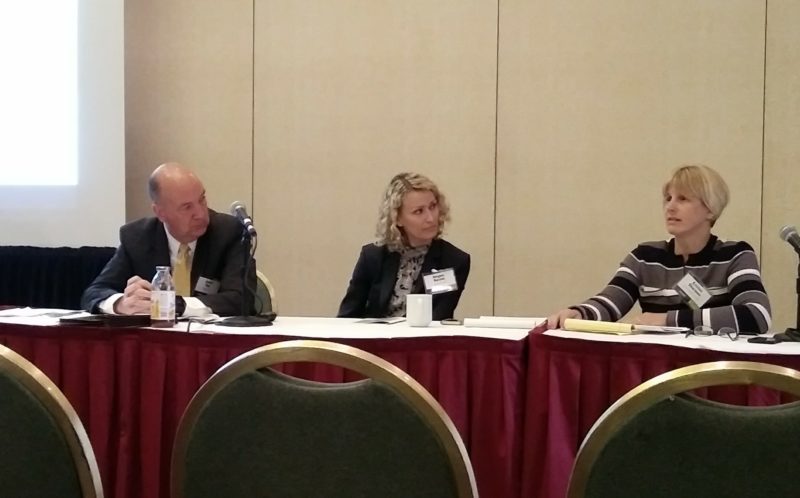At the 2018 Connecticut Business & Industry Association (CBIA) Energy & Environment Conference, Kristen Sherman, Assistant General Counsel for UTC Aerospace Systems, discussed steps concerning outreach that businesses can take to prevent lawsuits. Though the topic of the discussion was vapor intrusion, the migration of vapor-forming chemicals from a subsurface source into soil and groundwater, the best practices discussed could be implemented for other forms of environmental contamination or release, as well.

Preventing a lawsuit
Sherman explained that there are several steps a business can take in order to potentially avoid a lawsuit. A business can:
- Take care of the contamination issue first. This can help prevent future claims.
- Settle early with claims. However, Sherman pointed out, this can signal an “open checkbook” for future claims.
- Build a relationship with internal and external stakeholders.
Reach out!
Businesses should not do what businesses in these circumstances tend to do. “Do not be the ostrich with your head in the sand,” Sherman stated.
Outreach is critical. In terms of external contacts, Sherman said that media, radio, TV, politicians, local citizens, citizen activists, nongovernmental organizations (NGOs), and government regulators (including the EPA and local environmental protection agencies) will all be involved.
To handle communication with these entities, businesses will need:
- Environmental, health, and safety (EHS) professionals;
- Communication professionals (including environmental crisis communication experts);
- Government affairs professionals; and
- Human resource professionals.
Businesses should speak with local government representatives. Communication with representatives gives them a reason not to jump into the fray. Interfacing with key regulators and decision makers makes it less likely that they will initiate enforcement right away and allow you some time to remediate.
In terms of press outreach, Sherman recommended businesses establish a relationship with the local reporters and offer them fact sheets that share good facts regarding the contamination situation. If businesses do not take preventive measures to get to the press first and be open with good facts, the press are more likely to, instead, perpetuate the bad facts.
Social media
According to Sherman, social media is “free, fast, and effective” in terms of information delivery. One of the biggest issues with contamination issues today is that when these issues arise, citizen activists will take to social media first. Social media is “fertile ground” for environmental activists. People will take to Twitter and Facebook about a business’s contamination situation and perpetuate information that may or may not be factual. If the situation makes it to the social media world, the urge may be to respond and “post” or “comment” back via that media. Sherman warns against doing exactly this.
People are mostly scared, Sherman explained, and it’s the job of the business to ask itself: How do I help people not be scared?
Use experts
Sherman recommended, again, that businesses reach out to the community directly and build relationships with citizen advisory groups to diffuse fear. If there are citizen advisory groups having meetings locally, a business’s internal communications expert should attend a meeting to reassure citizens using useful and good facts about the situation. Doing this puts a human face on the issue. In addition, installing a website that has all the facts makes them easily accessible to the public.
In conclusion
Outreach prevents lawsuits and can minimize additional lawsuits if a business is already facing one. In delivering good facts, businesses must find the right angle. Perhaps, the business in question inherited the contamination from a past business and is not to blame. Sherman said businesses should refocus how people are aligned to the issue by telling them what the business has done already to remediate the issue and what the business is committed to continuing to do.